Building a Silent Powerhouse PC for Poker Rendering Are you tired of a noisy computer hindering your focus while multi-tabling online poker or rendering complex architectural designs?
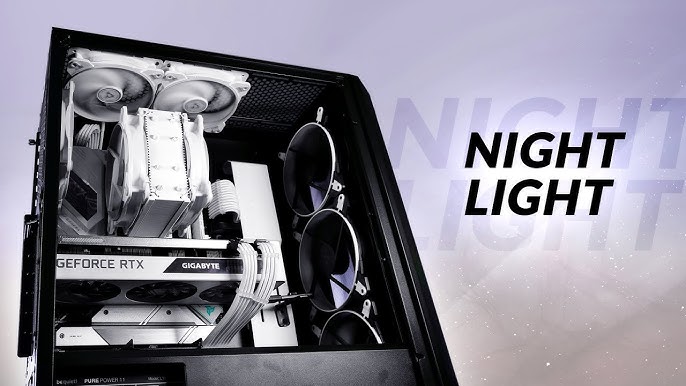
Are you tired of a noisy computer hindering your focus while multi-tabling online poker or rendering complex architectural designs? You're not alone. Many professionals need a system that can handle resource-intensive tasks without sounding like a jet engine. This guide, built from years of experience, will walk you through building a "Silent Powerhouse": a PC meticulously designed for both high-stakes online poker multi-tabling and demanding architectural rendering. We'll focus on balancing performance, silence, and cost to create a stable, reliable, and distraction-free workstation. This will improve your workflow, and bottom line.
Core Components: The Foundation of Your Silent Powerhouse
The heart of any high-performance PC is its components. This build prioritizes sustained performance under heavy load, crucial for lengthy poker sessions and overnight rendering jobs. Let’s examine each component and why it was chosen for our "PC for poker rendering" build.
CPU: AMD Ryzen 9 7900X
For simultaneous poker and rendering, a CPU with a high core count is essential. The AMD Ryzen 9 7900X offers 12 cores and 24 threads, providing ample processing power for multi-threaded applications. This allows you to run numerous poker tables simultaneously while still having enough headroom for rendering tasks. The Ryzen 9's sustained boost clock ensures consistent performance without thermal throttling. It is the perfect solution for the "best pc for concurrent poker architectural rendering".
CPU Cooler: Noctua NH-D15

When aiming for silence, air cooling is often more reliable and quieter than liquid cooling. The Noctua NH-D15 is a top-tier air cooler renowned for its exceptional performance and low noise levels. Its dual-tower design and dual fans efficiently dissipate heat, even under sustained load, keeping the CPU cool and preventing thermal throttling. It's undoubtedly the "best CPU cooler for simultaneous poker and rendering".
Motherboard: ASUS ProArt X670E-CREATOR WIFI

The motherboard provides the foundation for your entire system. The ASUS ProArt X670E-CREATOR WIFI offers a robust VRM (Voltage Regulator Module) to ensure stable power delivery to the CPU, even during demanding tasks. Its ample connectivity, including multiple M.2 slots and USB ports, allows for future expansion and accommodates various peripherals. This is also a commercial level quality board, important for a "workstation pc for poker and rendering".
RAM: 64GB (2x32GB) G.Skill Ripjaws S5 DDR5-5600 CL30
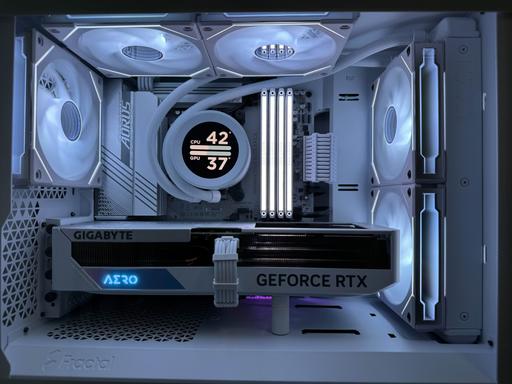
64GB of RAM is crucial for memory-intensive tasks like architectural rendering and running multiple poker tables. The G.Skill Ripjaws S5 DDR5-5600 CL30 offers high capacity and optimized timings, ensuring smooth performance and preventing bottlenecks. Check that this RAM is on the motherboard's QVL (Qualified Vendor List) for guaranteed compatibility to prevent any problems. So to answer the question of "is 32gb ram enough for poker and rendering?" The answer is that 64GB is recommended to reduce any performance bottleneck.
GPU: NVIDIA GeForce RTX 4070
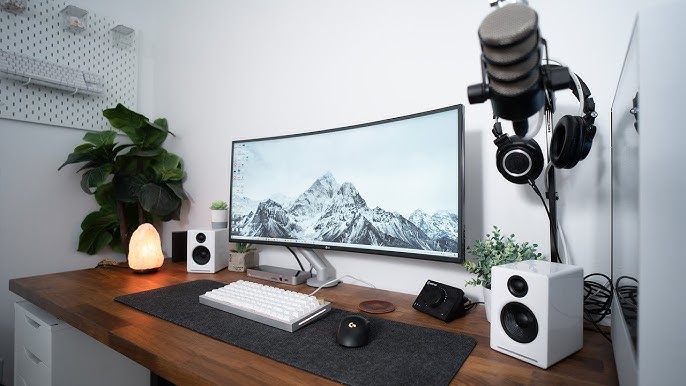
The NVIDIA GeForce RTX 4070 strikes a balance between performance and power consumption, making it ideal for rendering tasks without generating excessive heat or noise. While not the highest-end card, it provides sufficient horsepower for most architectural rendering workloads and offers excellent value for the price. Pay attention to "GPU memory for architectural rendering poker" to ensure that you have enough VRAM.
Storage: Samsung 990 Pro 2TB NVMe SSD + Western Digital Red Pro 4TB HDD

A fast NVMe SSD is essential for quick boot times, rapid application loading, and snappy responsiveness. The Samsung 990 Pro 2TB NVMe SSD serves as the primary drive for the operating system, software, and active project files. A secondary Western Digital Red Pro 4TB HDD provides ample storage for archiving and less frequently accessed data. This split storage setup optimizes both speed and capacity.
PSU: Seasonic PRIME TX-850
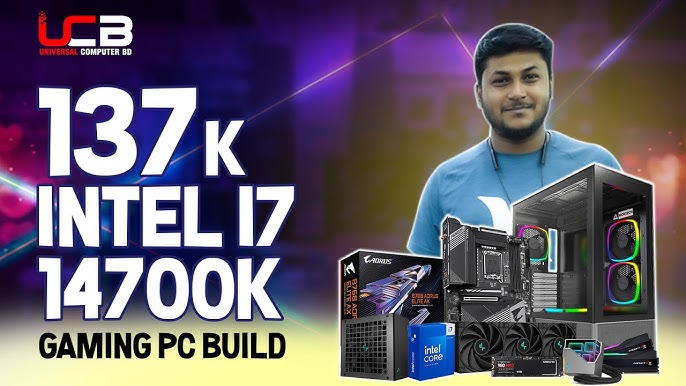
A reliable power supply is crucial for system stability, especially under sustained load. The Seasonic PRIME TX-850, with its 850W capacity, 80+ Titanium certification, and fully modular design, provides efficient power delivery with minimal heat generation. Its fully modular design also simplifies cable management, improving airflow and aesthetics. This is the "best power supply for poker rendering build".
Case: Fractal Design Define R6 Blackout TG (Modified)

The case plays a vital role in noise reduction and airflow. The Fractal Design Define R6 Blackout TG is renowned for its sound dampening capabilities and minimalist aesthetic. For optimal silence, we recommend removing the tempered glass side panel and replacing it with a solid side panel lined with sound dampening material.
Optional Add-ons: Enhancing Your Experience
While the core components provide a solid foundation, these optional add-ons can further enhance your poker and rendering experience.
Audio: FiiO K7 DAC/AMP + Sennheiser HD 660S Headphones
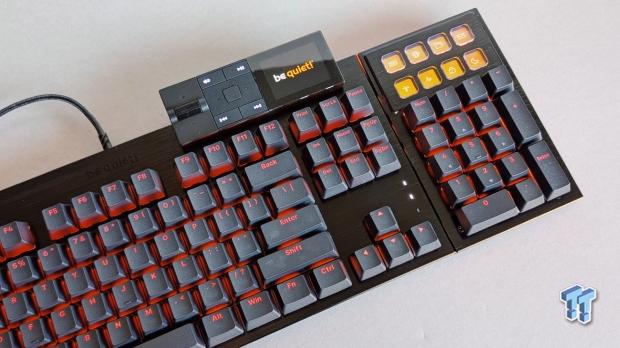
High-quality audio is essential for critical listening in poker and accurate sound reproduction in architectural design. The FiiO K7 DAC/AMP provides a clean and powerful audio signal, while the Sennheiser HD 660S headphones offer exceptional clarity and detail. Adding a pop filter to your microphone can also remove popping sounds, ensuring clear communication.
Monitor: Two 27-inch 1440p IPS Monitors (e.g., Dell UltraSharp U2723QE)
Dual monitors significantly enhance multi-tasking capabilities. Two 27-inch 1440p IPS monitors provide ample screen real estate for running multiple poker tables and managing rendering software simultaneously. IPS panels offer excellent color accuracy and viewing angles, crucial for both poker and architectural design.
Case Fans: Noctua NF-A14 PWM
Replacing the stock case fans with Noctua NF-A14 PWM fans improves airflow and reduces noise levels. These fans are renowned for their quiet operation and efficient cooling performance, contributing to the overall silence of the system. This can help prevent your "PC components prevent poker rendering crashes".
Performance Expectations: A Silent Beast in Action
This build is designed to handle demanding workloads without compromising silence.
- Poker: Expect stable operation with 16+ online poker tables running simultaneously, with CPU usage under 70% and RAM usage under 50GB. Aim for at least 500 hands/hour per table on average.
- Architectural Rendering: Render times for a standard 3D model (e.g., a single-family house) should be under 15 minutes using Revit or SketchUp with optimized settings.
Cost/Value Analysis: Investing in Productivity and Peace
This build prioritizes long-term reliability, silence, and specific application performance over raw gaming FPS. While alternatives like a Threadripper CPU exist for more demanding rendering workloads, they come at a significant cost increase. The FiiO K7 + HD 660S combo offers audiophile-grade sound at a reasonable price point compared to higher-end solutions.
Tips and Pitfalls to Avoid
- Upgrade Paths: Consider upgrading the GPU to an RTX 4070 Ti or RTX 4080 for faster rendering in the future. Make sure you pick the proper "GPU for professional rendering and simultaneous poker playing".
- Compatibility Notes: Always ensure the RAM is on the motherboard's QVL (Qualified Vendor List) for guaranteed compatibility.
- Fan Curve Management: Carefully manage fan curves using software like Fan Control (from GitHub) to balance cooling performance and noise levels.
- NVMe SSD Placement: Optimize NVMe SSD placement to prevent overheating, potentially using a heatsink.
- Coil Whine: Minimize coil whine by selecting high-quality components and ensuring proper grounding.
- CPU Affinity: Apply CPU affinity to allocate specific cores to poker software, potentially improving performance.
- Software Optimization: Research and implement optimal settings for your rendering software to maximize efficiency.
Addressing Hardware Limitations of Poker Rendering PCs
When building a PC for both poker and architectural rendering, several "hardware limitations poker rendering" can arise. Understanding these limitations and addressing them proactively is crucial for optimal performance.
- CPU Bottleneck: Rendering and poker software rely heavily on the CPU. A CPU with insufficient cores or a low clock speed can become a bottleneck, limiting overall performance.
- RAM Capacity: Architectural rendering projects and numerous open poker tables consume significant RAM. Insufficient RAM can lead to slowdowns, stuttering, and even crashes.
- GPU VRAM: Architectural rendering relies heavily on the GPU's VRAM. Insufficient VRAM can cause rendering errors, slowdowns, and a reduction in detail.
- Storage Speed: Slow storage can significantly impact loading times for rendering projects and poker software. NVMe SSDs are essential for minimizing loading times and ensuring a responsive system.
- Thermal Throttling: Sustained high CPU and GPU usage can lead to overheating, causing thermal throttling and reduced performance. Proper cooling is essential to prevent this.
- Power Supply Limitations: A power supply that is underpowered or of poor quality can lead to system instability and crashes, especially under sustained load.
Conclusion: Your Silent Powerhouse Awaits
Building a "Silent Powerhouse" PC for poker and rendering requires careful component selection and attention to detail. By prioritizing silence, reliability, and performance, you can create a system that empowers you to focus on your work without distractions. Use this guide to make an informed build, and improve your workflow today. Now, build your own PC to fit the needs of your work.